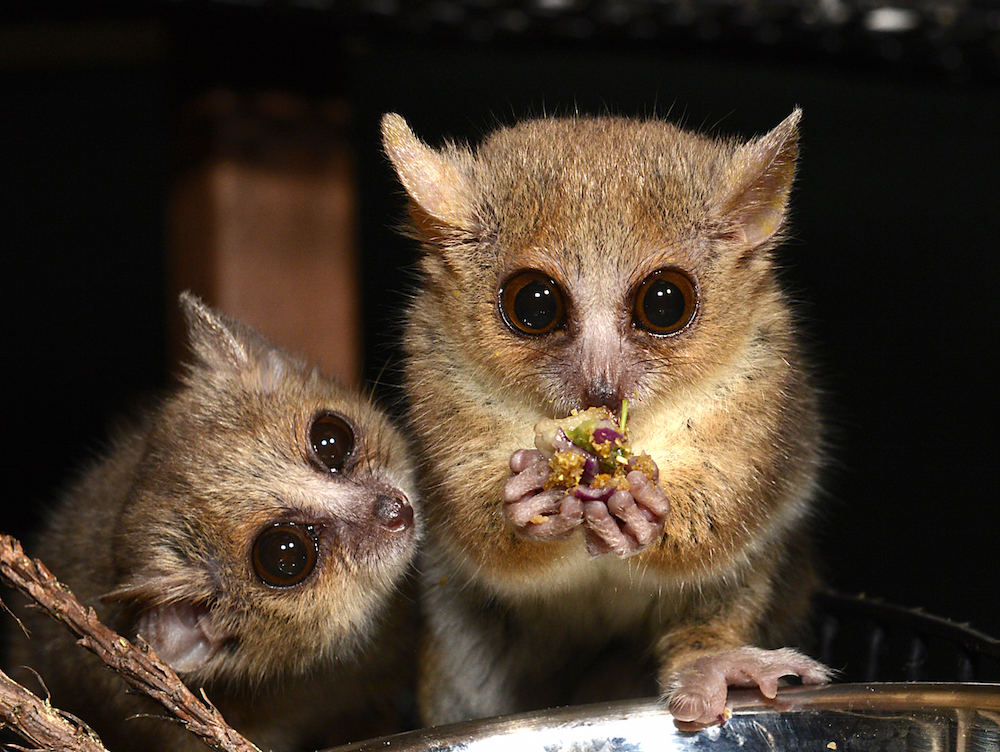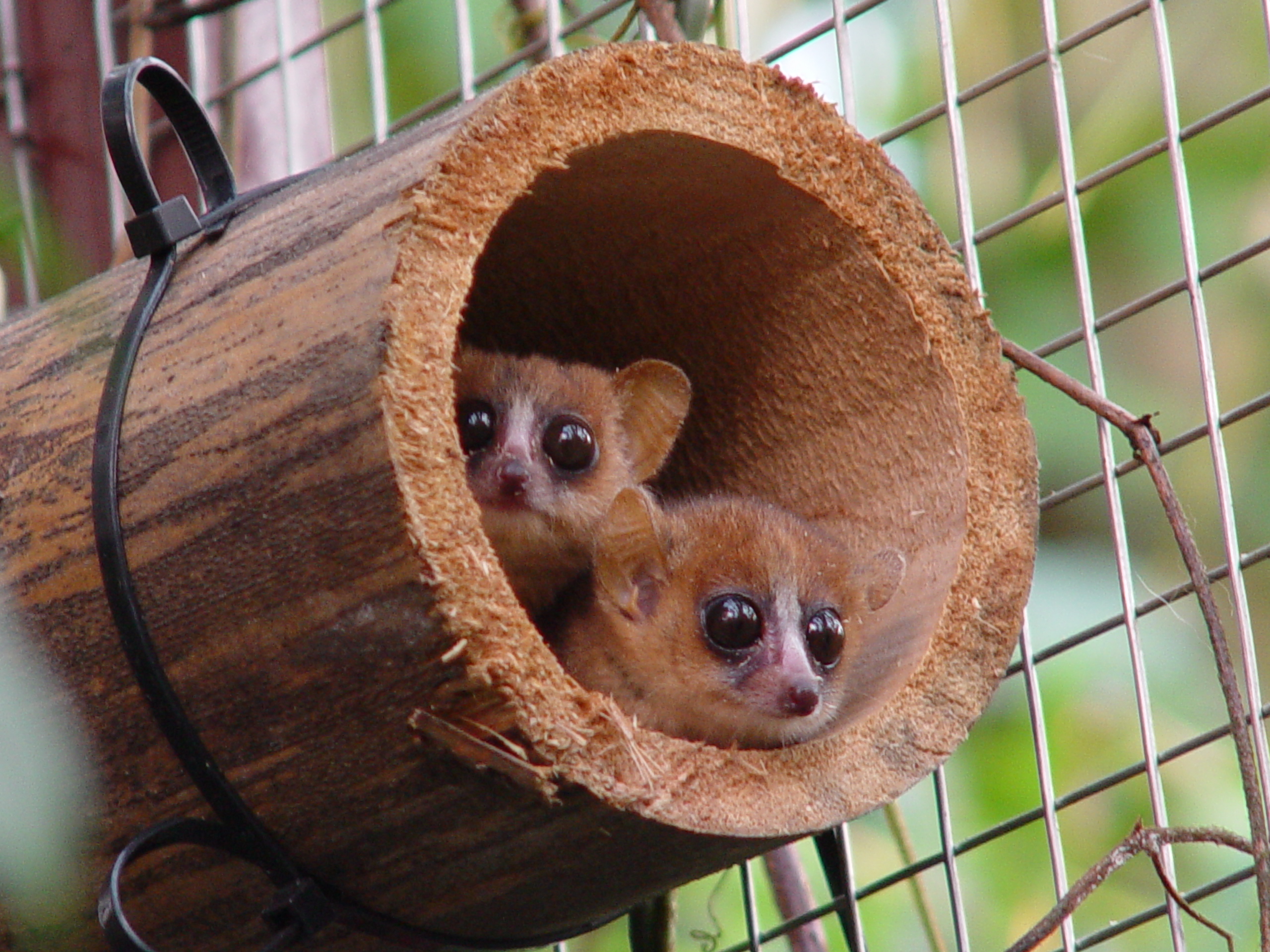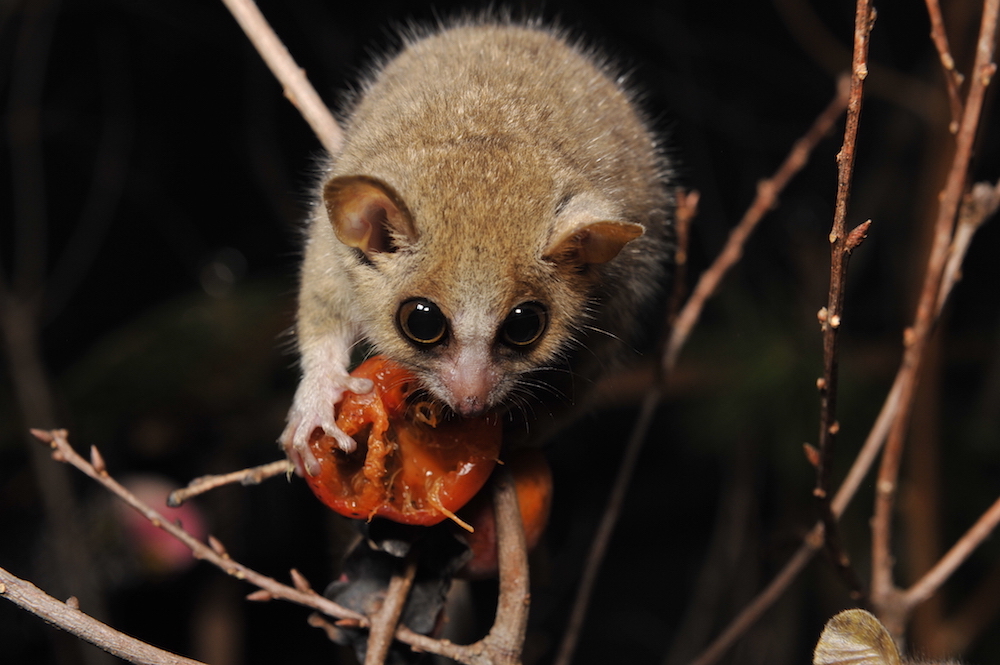Adorable Mouse Lemur Helps Solve Madagascar Whodunit

Mouse lemurs, the world's tiniest — and perhaps cutest — primate, have helped solve a whodunit about who (or what) disrupted the green forests on the island nation of Madagascar.
Madagascar is a mosaic of different landscapes, with open highlands separating a lush rainforest in the east from a dry deciduous forest in the west. But studies showed that the island was once covered with a patchwork of forests, and many scientists have held humans responsible for disrupting these green spaces, particularly in the island's Central Highland forests, the researchers said.
But an analysis of DNA from the mouse lemur (Microcebus lehilahytsara) clears ancient humans of any major wrongdoing, at least in the Central Highland forests, the researchers said. [Wild Madagascar: Photos Reveal Island's Amazing Lemurs]
"For a long time, scientists weren't sure how or why Madagascar's biogeography changed in very recent geological time, specifically at the key period around when humans arrived on the island a few thousand years ago," study co-author Steve Goodman, MacArthur Field biologist at The Field Museum in Chicago, said in a statement. "This study shows the landscape was changing thousands of years before humans arrived."

The lemur's DNA worked as a useful tool for studying Madagascar's environmental changes. The tiny primates breed quickly, and are resilient and unique to the island.
"They reach reproductive maturity within a year, and that means that a lot of generations are produced very quickly," Goodman said. "That enables us to see evolution at work faster than we would in an animal that took, say, five years to first reproduce."
Mouse lemurs live across much of Madagascar, even in forested areas that humans have damaged with logging.
Sign up for the Live Science daily newsletter now
Get the world’s most fascinating discoveries delivered straight to your inbox.
"The mouse lemurs are forest-dependent — as the forest changes, they change," Goodman said. "By studying how mouse lemurs evolved in different areas of the island, we're able to glimpse how the island itself changed, and learn whether those changes were caused by humans."
Genetic clues
To investigate, the researchers analyzed DNA from five different mouse lemur species. This genetic data helped them draw a lemur family tree, determining when the different types of lemurs branched out from one another.
"We were able to characterize tens of thousands of changes in the genomes of mouse lemurs that are now isolated and form separate species," said study lead author Anne Yoder, director of Duke University's Duke Lemur Center. "By analyzing these DNA changes, we were able to understand when the species diverged from each other, and by inference, identify the ecological forces that might have driven them apart."
Moreover, the DNA analyses revealed that closely related modern lemurs actually live far apart from one another.
"That suggests that their ancestors were able to disperse across forested habitat that no longer exists —portions of the Central Highlands that formed the bridge between the eastern and western parts of the island today," Goodman said. It's likely that a patchwork of forests once covered Madagascar, allowing the mouse lemurs to slowly spread out over tens of thousands of years, he said.

Once these forested bridges disappeared, these mouse lemur populations became isolated, Goodman said. [In Images: An Underwater Lemur Graveyard]
The DNA also provided a timetable of sorts — indicating that the Central Highland forest changes occurred thousands of years before people came to the island.
"At least at first, the changes to this region of the island were almost certainly the result of natural climate change over the past approximately 50,000 years," Goodman said.
The former forested areas in the Central Highlands were likely an essential zone for ecological transition between the humid east and dry west, the researchers found. This transitional area would have helped animals disperse between the two extreme coasts.
"We’ve learned that it’s probably incorrect to talk about Madagascar’s humid east and dry west like they're two completely separate habitats," Goodman said. "The eastern and western parts of the island are just different extremes on the continuum."
The study was published online today (July 18) in the journal the Proceedings of the National Academy of Sciences.
Original article on Live Science.

Laura is the archaeology and Life's Little Mysteries editor at Live Science. She also reports on general science, including paleontology. Her work has appeared in The New York Times, Scholastic, Popular Science and Spectrum, a site on autism research. She has won multiple awards from the Society of Professional Journalists and the Washington Newspaper Publishers Association for her reporting at a weekly newspaper near Seattle. Laura holds a bachelor's degree in English literature and psychology from Washington University in St. Louis and a master's degree in science writing from NYU.










